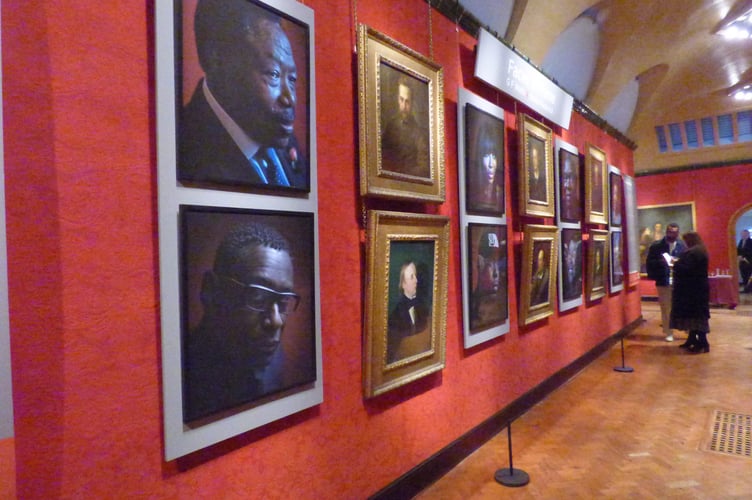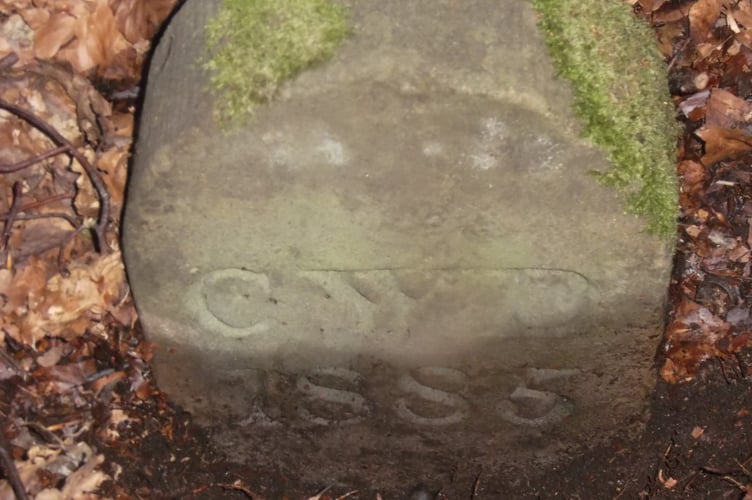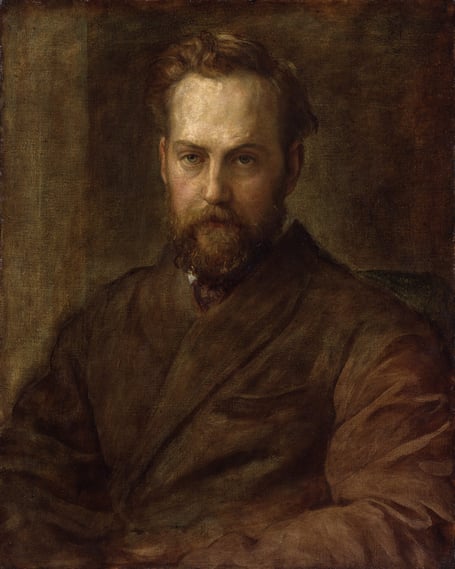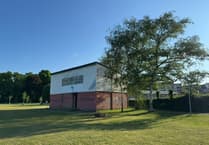A NEW exhibition is putting the spotlight on a Victorian politician who owned a winter retreat at Pyrford and was involved in a scandal, remembered in this week’s Peeps into the Past.
He was Sir Charles Wentworth Dilke, 2nd Baronet, whose ambition to become Prime Minister was ruined when he became embroiled in a divorce case in 1886.
The exhibition at Watts Gallery – Artists’ Village in Compton, is called Faces Of Fame: GFWatts X Simon Frederick.
It features 12 contemporary photographic portraits from Frederick’s 2016 series Black is the New Black alongside seven portraits from Victorian artist GF Watts’ Hall of Fame series.
The popular gallery is dedicated to the work of Watts, a portraitist, sculptor, landscape painter and symbolist. He painted Dilke’s portrait in 1901.
From the late 1840s, Watts began to select leading British politicians, writers, artists and thinkers to feature in a portrait series that became known as the Hall of Fame.
Watts intended his paintings to memorialise “the men who made England – the prominent who may hereafter be found to have made or marred their country”.
At the current display, among the Hall of Fame portraits is one of social reformer and businessman Charles Booth. Simon Frederick’s contemporary photographic portraits for the National Portrait Gallery record black people who have had an impact on British society, acknowledging the contribution they have made to British life. These include supermodel Naomi Campbell, rap singer Dizzie Rascal and trade union leader Sir Bill Morris.

As for Dilke, he became a Liberal MP for Chelsea in 1868. He entered the Cabinet in 1882 in William Gladstone’s government as president of the Local Government Board.
Dilke was radical in his left-wing views and strongly critical of the monarchy.
Things started to go wrong for him when he was caught up in a divorce case, brought by another Liberal MP, Donald Crawford.
Crawford claimed that his wife, Virginia, told him she had been having an affair with Dilke.
When the case was heard in 1886, Dilke strenuously denied his involvement. It was adjudged there was no evidence against Dilke, but Crawford was granted a divorce.
Dilke had the case reopened in an attempt to clear his name. However, this did not go well for him as he was forced to admit he was having an affair with Virginia’s mother, Eileen Smith.

To make things even more compelling, Mrs Smith and her husband, Thomas Eustace Smith’s eldest daughter, Margaret, was married to Dilke’s brother, Aston Wentworth Dilke.
Dilke was ruined. He lost his parliamentary seat in the 1886 general election and retreated from politics until 1892, when he was returned as the MP for the Forest of Dean. He held that seat until his death in 1911.
The house, with nine acres of land, that Dilke and his wife owned at Pyrford was called The Rough. It was initially used as a winter retreat from their London home.
Dilke has left his mark here in the form of a boundary stone that is embedded in a ditch close to Pyrford Common Road.
Peeps researcher Mark Coxhead uncovered it in 2021 and photographed it. It is marked “CWD 1885” – the year the scandal erupted that was to ruin Dilke’s career aspirations.
If you have some memories or old pictures relating to the Woking area, call David Rose on 01483 838960, or drop a line to the News & Mail.
David Rose is a local historian and writer who specialises in what he calls “the history within living memory” of people, places and events in the west Surrey area covering towns such as Woking and Guildford. He collects old photos and memorabilia relating to the area and the subject, and regularly gives illustrated local history talks to groups and societies. For enquiries and bookings please phone or email him at: [email protected]




